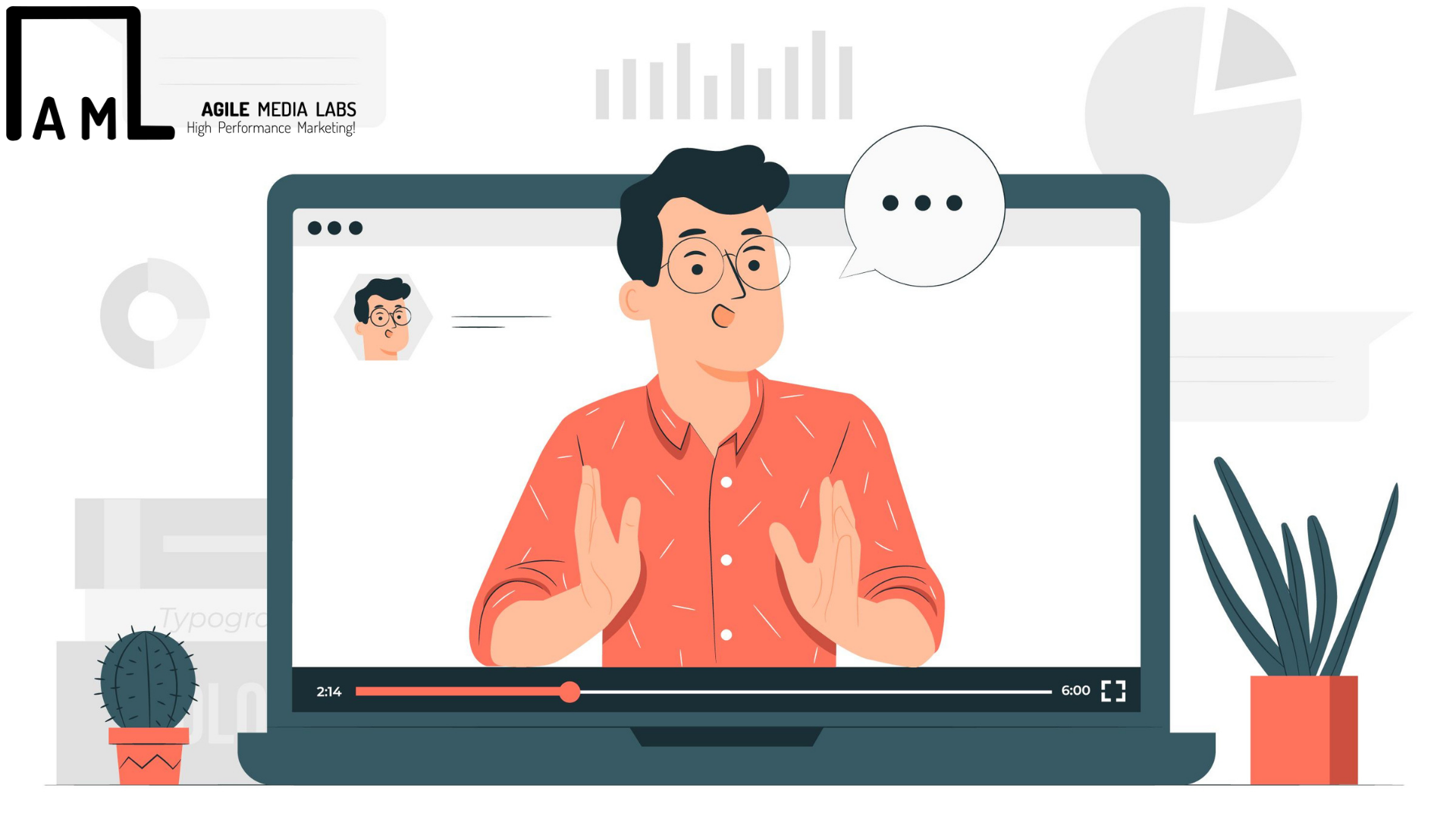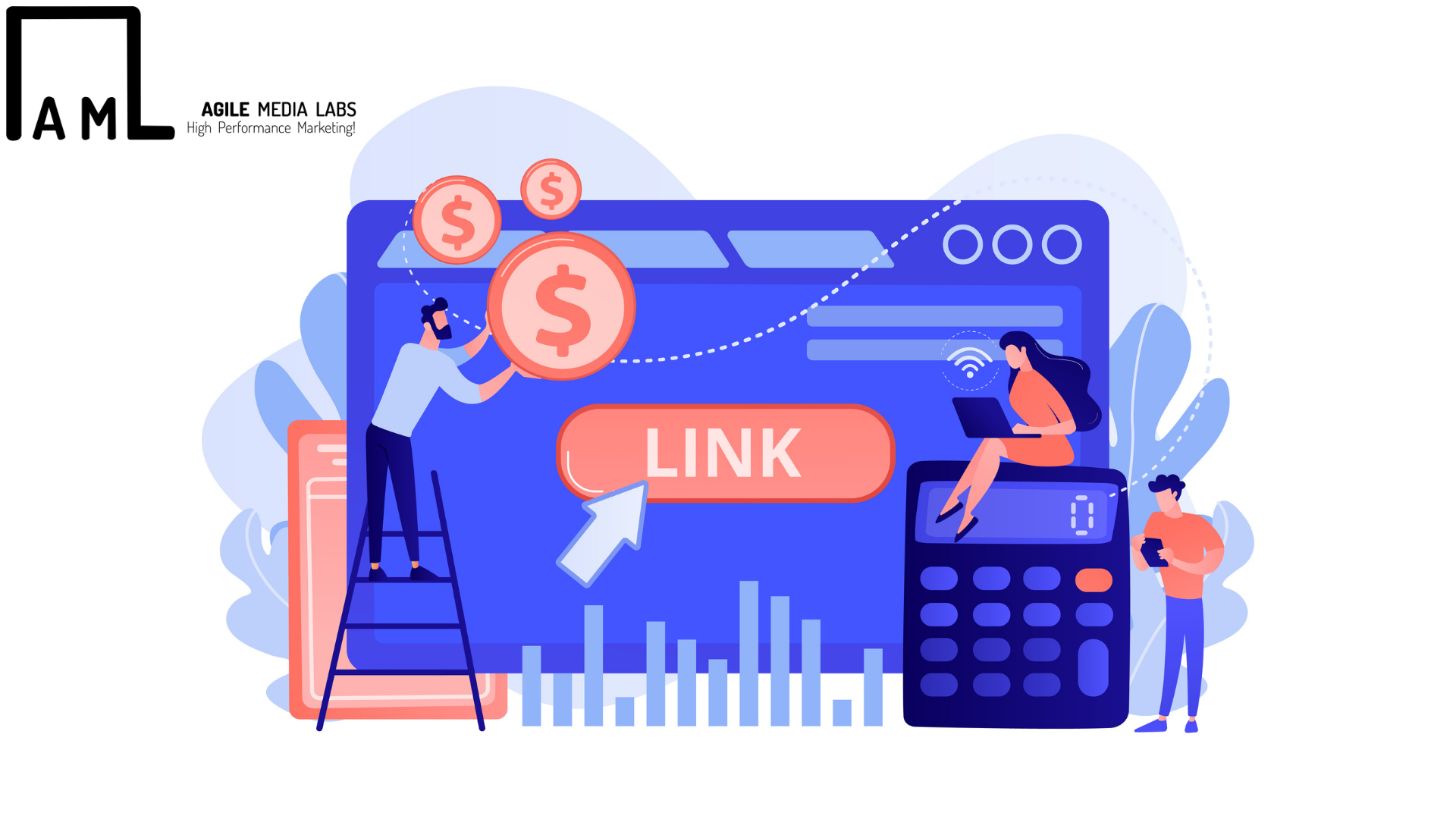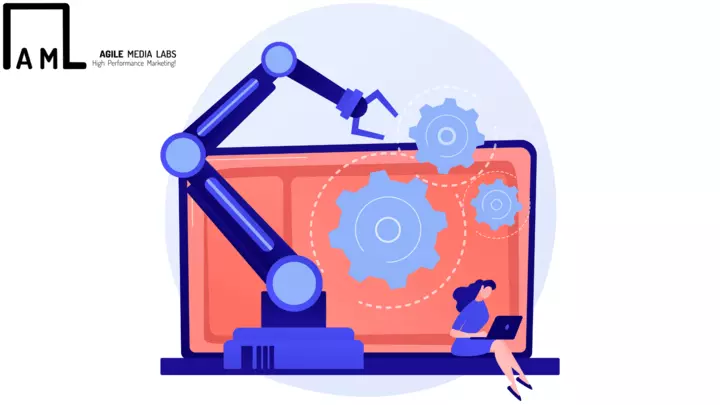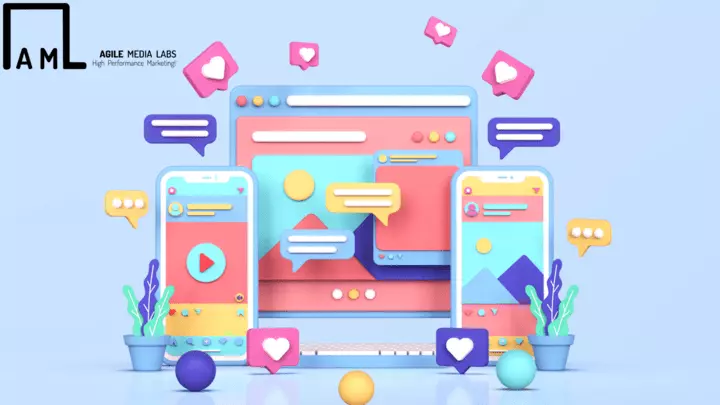
The Ultimate Guide to Content Marketing for 2021
The biggest asset for a business is its customers. And those customers and audiences are always seeking quality content from the business they trust. Content plays an important role in informing and conversing with customers. However, it’s important to ensure that it is presented in a way that is both interactive and natural, but not disruptive.
Effective content marketing allows businesses to create such content, and it describes the process of attracting, engaging with, and delighting your target markets. It hones conversation between brand and audience, improves brand awareness, boosts revenues, establishes your business as an industry leader.
Hence, whether you are starting a new content marketing or just refreshing an existing strategy, it can never hurt to reassess your process and come up with new ways to create and share the content for your customers. This guide will take you through all the important steps and factors you can add to your content marketing campaigns.
What is Content Marketing?
Good content is essential for brands to communicate with their consumers. Content marketing is a strategic process of planning, creating, distributing, publishing and marketing quality content for your target audience. It can boost factors like brand awareness, sales, reach, interactions, and loyalty.
Marketing content effectively can yield great results for your brands. The most important factors for engaging a well thought out content marketing strategy are:
- Educate your leads and prospects about the products and services you offer
- Boost conversions
- Build relationships between your customers and business that result in increased loyalty
- Show your audience how your products and services solve their challenges
- Create a sense of community around your brand

Types of Content Marketing
Content in current times is not limited to written formats. Digital marketing includes content in the form of blogs, videos, reels, emails, podcasts and other forms of communication. Businesses must understand how different platforms require different treatments. There are many types of content marketing that you may choose to incorporate in your strategy — here are some of the most common:
- Social Media Content Marketing
With over 3.6 billion global social media users, using these platforms (Facebook, Instagram, Pinterest, LinkedIn, Snapchat and others). Social media in current times is the most used form of communication, especially by a younger clientele. Content for social media has to be quick, dynamic and eye-catching. More aesthetically pleasing and high-frequency content rollout can help more consumers to find you on these platforms.
- Infographic Content Marketing
Infographics display data, content and information in an eye-pleasing and easy to understand manner. An infographic is a great way to communicate data effectively, it is the combination of short sentences, simple wording and clear clipart. They work well if you’re trying to distil an educational and/ or complex topic down so all audience members can understand it.
- Blog Content Marketing
Blogs are a powerful tool for businesses to bring forward their creativity and ideas in front of their consumers in a long piece format. With a blog, you can do things like promote other internal and external content and blog articles via links, add social share buttons, and incorporate product information.
- Podcast Content Marketing
Over 42% of people in the age range of 16-32 in the US have started using podcasts for information and entertainment. With an average of 6 listening hours per week. Due to this increased demand, businesses and media outlets have begun creating and sharing their podcasts. Podcasts allow for a lot of creativity as they can be about any topic of choice. Inviting guests or experts can also open your business to more people.
- Video Content Marketing
Current generations are known to have the least attention span of all time. Their patience to sit through and read a long article, hence they prefer visual content that can keep them interested. Video marketing can boost conversions, improve ROI, and help you build relationships with audience members. You may choose to share your video content on different platforms for different segments.
- Paid Ad Content Marketing
Paid advertising is a way for businesses to reach potential customers. Content for these ad campaigns can be your ticket to invite people who might be interested in your brand and products. Paid ads are especially beneficial when paired with inbound marketing. There are many places you can share paid ads including on social media, landing pages, banners, and sponsored content.
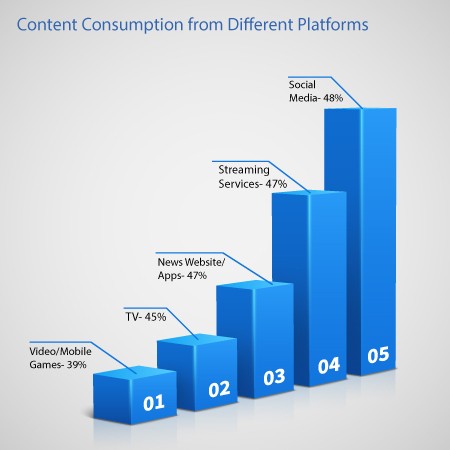
How to Develop a Content Marketing Strategy?
Once you decide what kind of content you want to add to your marketing campaigns, it is important to form a strategy that can help you achieve your desired goals. On paper, it might seem uncomplicated to create content, however assuring that the content expressing brand motives and is connected well with your audience, the following strategic steps can be helpful:
- Set SMART Goals
The first step for a full proof content marketing strategy is finalising what you want to achieve from the same. Setting SMART (Specific, Measurable, Attainable, Realistic and Time Bound) Goals likely complement your broader marketing and company goals. Here are some SMART goal examples:
- Improve brand awareness
- Boost revenue
- Increase conversions
- Improve brand loyalty
- Increase customer engagement
- Build rapport and trust among prospects and customers
- Attract strategic partners
- Determine Your KPIs
KPI or Key Performance Indicators are the next things to be put in place next. KPIs are quantifiable data points you can use to measure your actual performance against your goal. Some of the most common goals and associated KPIs are: Brand Awareness: Site Traffic, Social Media Following, Subscriptions And Sign-ups.
- Boost Revenue: Daly Sales And Site Traffics
- Conversions: Conversion Rate, Shopping Cart Abandonment Rate And Associated Shipping Rate Trend
- Brand Loyalty: Returning Customers, Promoters, Product Reviews And Referrals
- Customer Engagement: Likes, Shares, Follows, Mentions And Backlinks
- Rapport And Trust: Returning Customers, Promoters, Followers And Mentions
- Strategic Partners: New Partnerships, Mentions And Backlinks
- Decide on The Type of Content
For every successful content marketing campaign, the key element is quality content. Deciding on the premise, type and flow of content are essential to ensure that your consumers are at the receiving end of the correct brand’s messaging. Answer the following questions about your target audience to help you narrow down the right types of content for them:
- What do they need from you?
- What challenges are they looking to overcome?
- Why do they need your product or service?
- How can you help them succeed?
- Where do they spend their time?
- Choose Your Content Channels
Content marketing is about planning, creating, distributing and marketing quality content to your target audience. Once you have decided on the type of content, set goals and finalise KPIs, next comes selecting how you want to distribute your content. Where will you share your content? Where will it live and be shared from? For some of the content types, the channel you need to work with will be obvious. For example, if you’re creating Facebook content, your channel will be the social platform itself.
- Set A Budget
Cost is an important factor to be considered when creating a marketing campaign. Assuring that you are getting the most out of your investments is an ultimate goal for any business. When discussing the budget, key factors to be considered are: Do you need to purchase additional software like photo or video editing tools?
- Do you need to hire specialized content creators, designers or editors?
- Do you need to pay for ad space?
- Do you need access to specific tools or resources to enhance or measure your specific type of content?
- Create And Distribute The Content
After finalizing key aspects of your content strategy, one of the most important and last steps, before you start rolling out your content, is to create and finally distribute the same to your audience. To ensure you’re consistently producing content and sharing it among your prospects and customers, use a social media calendar or an editorial content calendar. This will help your team stay on top of all of the content being created as well as allow you to schedule it ahead of time.
- Analyze And Measure Results
Lastly, analyze and measure your results so you can make any necessary changes to enhance your content marketing efforts and reach more audience members. Look at your SMART goals and KPIs to determine the success of your content marketing strategy. A few questions to answer can be:
- Did you achieve your goals and KPIs?
- Were you close to reaching them, or were you off in your estimations?
- What can be improved for the next campaign?
- How can you optimise the planning and execution process for the next campaign?
Final Thoughts
With effective content marketing, you can reach your target audience and increase conversions. There are several ways to market with content to boost revenue, grow your brand awareness and recognition, and build relationships with your prospects and customers. And don’t forget to extract more value from every piece of content you create. To get started, determine which type of content works best for your business and audience, and develop a content marketing strategy to begin boosting your bottom line today.


